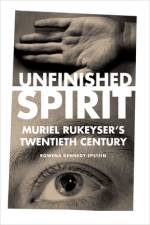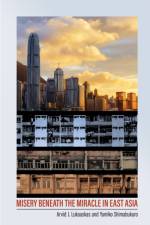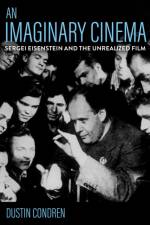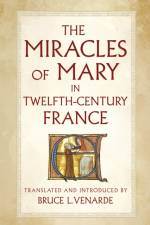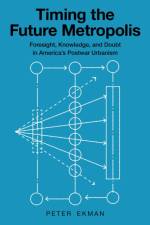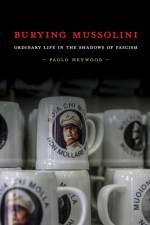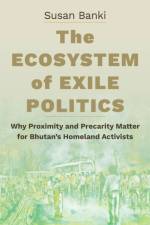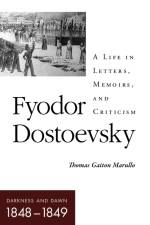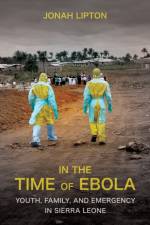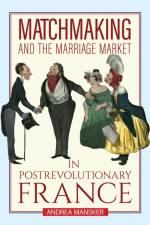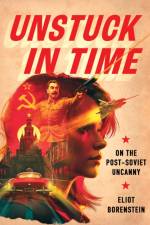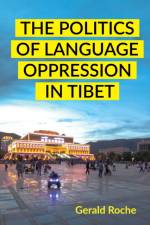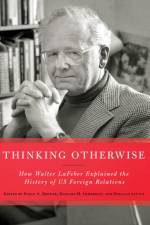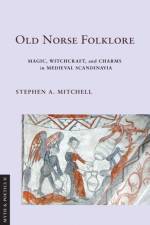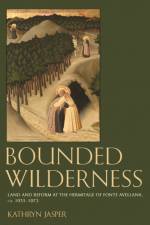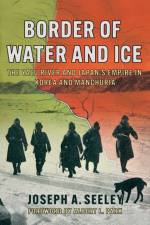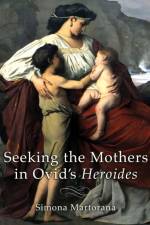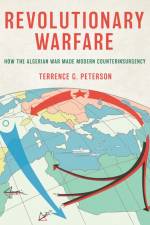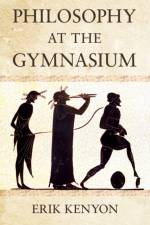- A Life in Letters, Memoirs, and Criticism
av Thomas Gaiton Marullo
689,-
Fyodor Dostoevsky--Darkness and Dawn (1848-1849), the third and final volume on the writer's childhood, adolescence, and youth, seeks to disclose, in a detailed and intimate way, Dostoevsky's last two years before his exile to Siberia. Together with the first two volumes, it attempts to present for the first time a complete and congruent picture of the writer's first twenty-eight years on earth. Thomas Gaiton Marullo first examines diverse responses of Russian church, state, and citizens to the French socialists, in particular, Charles Fourier, and to the revolutions of 1848 before he moves to lively debates on Dostoevsky's socialism and new attacks on his writings. He then considers the dynamics of the Petrashevsky and Durov circles; fresh assaults on Dostoevsky's works; and the increasing desperation of the writer himself, particularly with Andrei Kraevsky. In the final sections of his study, Marullo sheds light on Dostoevsky's readings of Belinsky's Letter to Gogol, the arrests of Petrashevsky and company, including Dostoevsky and brothers Andrei and Mikhail, as well as his responses to members of the Investigative Commission for the Petrashevsky Affair, his eight months in prison in the Peter-Paul Fortress, his mock execution on Semyonovsky Parade Ground, and his departure to exile in Siberia. This volume will be of interest to scholars, students, and devotees not only of Dostoevsky, but also of Russian and European history, culture, and civilization.



